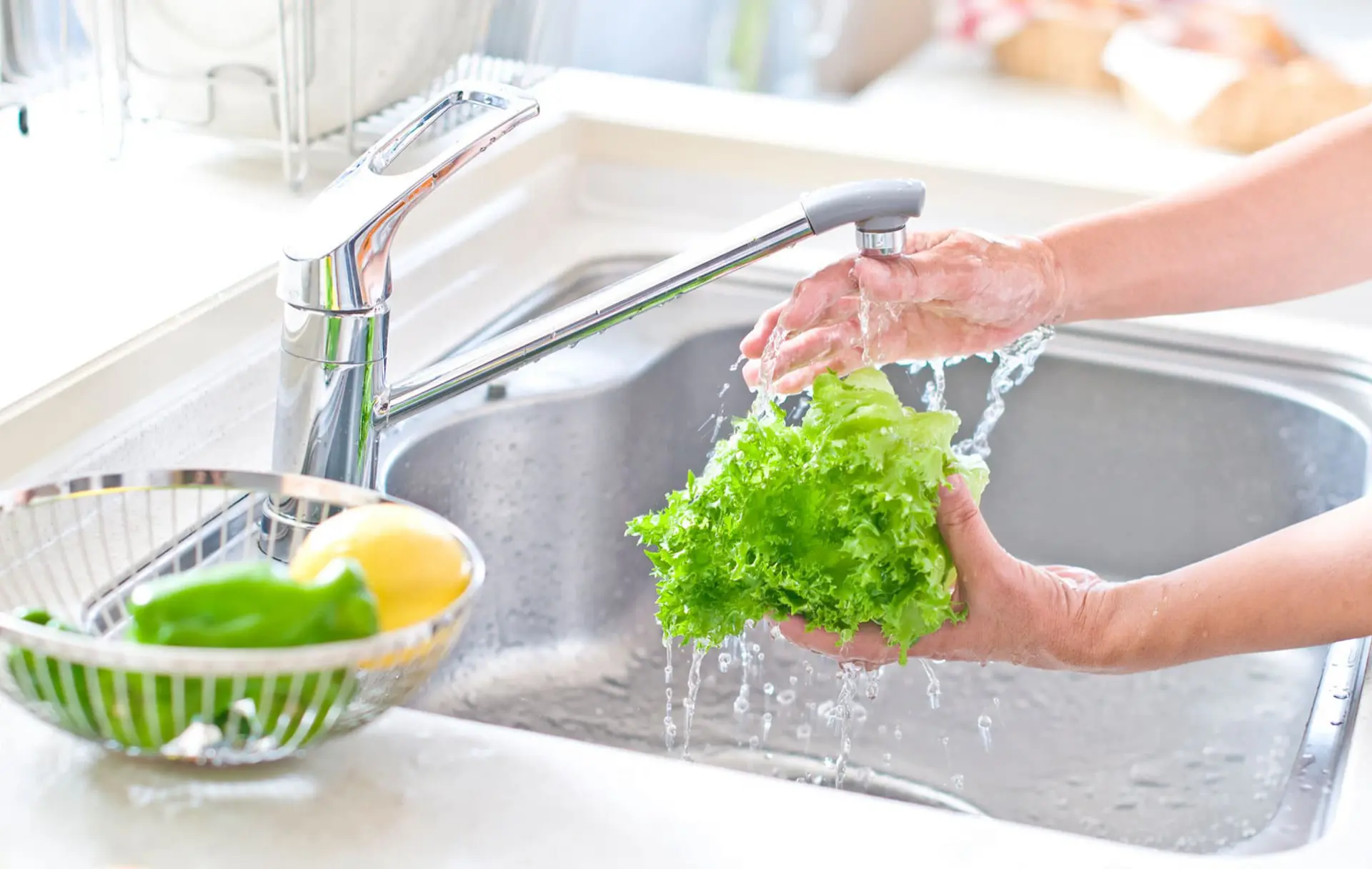Recently we’ve been discussing ways to reduce the amount of water we use. It’s hard to think that this abundant liquid could be limited at all – water covers three quarters of the earth’s surface and literally falls from the sky! – but a shortage of usable water is actually a very serious issue. It’s estimated that by 2025 around 50% of the global population could be living in ‘water-stressed’ areas.
So what can you do about it?
The La Española team have put together just a few ways that we can all make a difference. These changes may seem like a drop in the ocean but if we all play our parts then we can truly turn the tide for future generations.
How to waste less water when cooking
The first thing to keep in mind when trying to reduce water waste is this – only use what you need. Think about it, how many people do you know who overfill the kettle when making a cuppa? That extra water probably goes straight down the drain. What’s more, the kettle is the most energy-hungry appliance in British households, so it’s wasting energy too! Do yourself, your wallet and the environment a favour by only boiling the amount of water you need to.
Another easy win when trying to save water in the kitchen is to steam your vegetables. This requires less water than boiling vegetables and any water left over can be repurposed elsewhere. Even better, steaming vegetables preserves the nutrients that you would otherwise be pouring away when boiling.
Try this too! Next time you have water left over (e.g. from boiling pasta), instead of pouring it away you can use it to water your house plants or herb garden. And if you’re super-efficient, you will wait until the cooler evening to water your garden so that the water is less likely to evaporate!
Before we go on, a quick health message…
While reducing the amount of water we waste is certainly important, it’s also critical that we stay hydrated. According to the NHS the average person should be aiming to drink around 6-8 glasses of water every day. Please remember to keep topped up on water throughout the day!
How to waste less water when cleaning
When it comes to household cleaning, from laundry to bathing to washing your dishes after a meal, there are various ways we can reduce the amount of water used. For example, if you’re fortunate enough to have a dishwasher then you should always wait until it’s full before starting a cycle. The amount of water (and electricity) used for a fully-loaded dishwasher is less than the amount required for two half loads. The same applies to you washing machine.
If you are the dishwasher in your house, always use a bowl rather than leaving the tap running. You’re likely to use far less water over the course of a year, bringing down both you bills and you impact on the environment!
When weighing up the wastefulness of baths over showers, it really comes down to your personal setup and habits. According to Thames Water ‘restricting showertimes to four minutes’ is enough to save families almost £50 per year on water bills. We might not be so strict on our time in reality, but combine a sense of showertime swiftness with an efficient water-saving shower head and watch those wasted litres fall away from your weekly water metering.
Not all water waste is wet!
So far we have explored ‘direct’ water use – for cleaning, catering, drinking. It is important not to overlook the amount of ‘hidden’ or ‘indirect’ water used in the production or distribution of the products we consume and the journeys they make to reach us.
In our exploration of flexitarianism, we presented the shocking piece of information that it takes approximately 100,000 litres of water to produce 1 kilogram of beef. In fact, agriculture accounts for around 70% of fresh water usage globally. And what about non-food products? Well, around 10,000 litres of water are ‘hidden’ behind the production of a pair of jeans, and around 2,500 litres in the average T-shirt. That’s quite a lot…
This means that in order to be sensitive to the amount of water we waste, we require a sensible approach to mitigating all forms of waste – don’t purchase what you don’t need to, or throw away what you can’t reuse, and so on. In fact, we can summarise most of these points in just three easy steps.
Your three rules for wasting less water
-
Only use what you need!
-
Repurpose what you can!
-
Remember, not all water waste is wet!
If there’s one more thing that you can do, it’s to help La Española spread this message. Please share our blog post with your friends and family so that they can start saving water too. If you’re posting on social media, don’t forget to tag us – you can find us on Facebook and Instagram!
